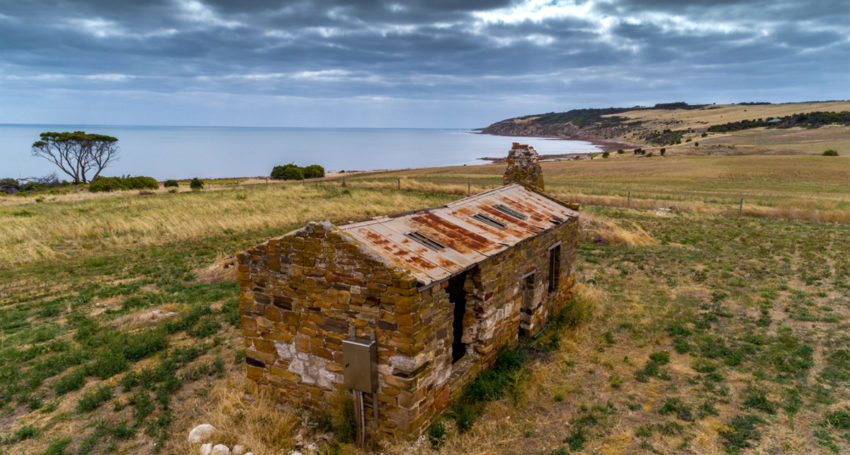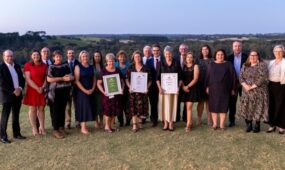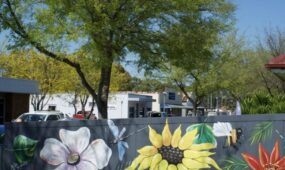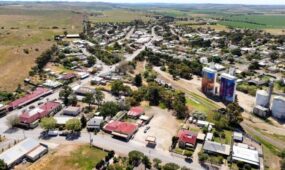Rural property prices experience another bumper year
Regional
Widespread rainfall, high prices for major agricultural commodities and low interest rates have added up to increased farmland value across the state.

Sign up to receive notifications about new stories in this category.
Thank you for subscribing to story notifications.

South Australia’s regional property market is set to record a second year of strong growth with prices rising by 34 per cent from the previous year – the highest level of growth in the country, according to the newly-released annual Australian Agricultural Land Price Outlook from Rabobank.
Big increases in farmland prices were felt across Australia with a rise of 29 per cent nationally – Victoria’s rural property prices grew by 28 per cent, following a huge increase of 40 per cent the year before.
RaboResearch agriculture analyst Vitor Pistoia said that although this rate of growth is unlikely to be repeated, “farmland sale prices in early 2023 are still setting new records”.
There is still a strong market of farmers looking to buy, with recent Rabobank research suggesting 7 per cent of farmers intend to buy land in the next year.
“The bank has a lot of confidence to go out and expand,” Pistoia said.
Principal and Rural Specialist with Raine & Horne Strathalbyn Paul Clifford said part of the price increases could be attributed to the pandemic.
“During the start of COVID, people were looking for somewhere safe to park their money. Agriculture is a very good, strong, medium-to-long-term place to park money, a good long-term investment,” he said.
“During COVID, movement was stronger to get out of the city and get some space.”
Whilst high levels of growth were reported in South Australia, not all regions have experienced the same increase in value, with the lower- and upper-South East regions experiencing some of the biggest growth.
Based on the analysed data, the report found agricultural land deal sizes were increasing – especially in Queensland and NSW, Rabobank said, where 22 per cent and 14 per cent of sales respectively exceeded $10 million.
“And overall, according to our data set, 11 per cent of cropping and 13 per cent of Australian grazing land sales in 2022 exceeded AUD 10 million,” Pistoia said.
Although prices are not expected to decline, banks are cautioning that price growth is forecasted to slow from 2024-2028.
“Commodity prices are likely to remain at good levels for farmers for the next one to two years. However, the drier forecast may result in lower yields and reduced margins, while rising interest rates will curtail long-term investment plans,” Pistoia said.
“Currently, cash already available in the system and stocks of grains and livestock ready to enter the market remain the key factors driving land price growth.”
Jump to next article




